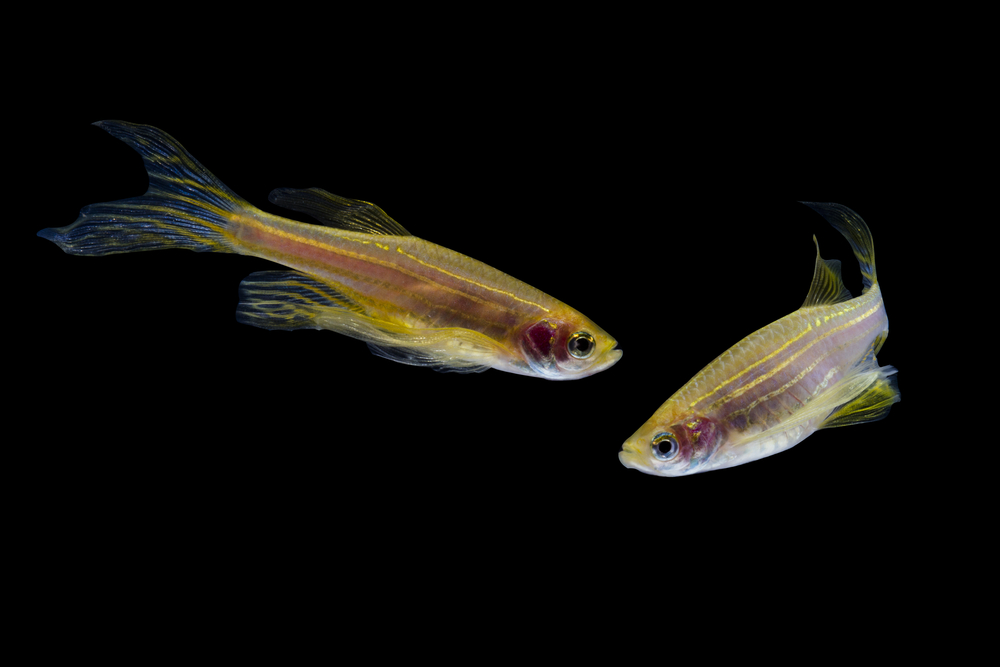
Fresh insights into how zebrafish repair their nerve connections could hold clues to new therapies for people with spinal cord injuries.
Researchers have pinpointed key molecules that prompt damaged nerve fibres in the fish to regenerate themselves.
The findings could pave the way for treatments that help restore vital connections between the brain and muscles of the body that are lost after spinal cord injury.
For people and other mammals, damage to the spinal cord is permanent and results in irreversible paralysis.
Zebrafish have the remarkable ability to regain full movement within four weeks of injury to their spinal cord.
Studies have shown that they are able to restore damaged connections and nerve cells in the spinal cord.
Scientists at the University of Edinburgh’s Centre for Neuroregeneration have pinpointed a key mechanism that helps the nerve connections to regrow.
They found that after injury, wound-healing cells called fibroblasts move into the site of damage.
These fibroblasts produce a molecule called collagen 12, which changes the structure of the support matrix that surrounds nerve fibres.
This enables the damaged fibres to grow back across the wound site and restore the lost connections.
The team found that fibroblasts are instructed to make collagen 12 by a chemical signal called wnt.
Understanding these signals could hold clues for therapies to help heal the spinal cord after injury, the researchers say.
The study, published in the journal Nature Communications, was funded by the Biotechnology and Biological Science Research Council. The German research funding organisation, DFG, also supported the research.
Dr Thomas Becker, of the University of Edinburgh’s Centre for Neuroregeneration, said: “In people and other mammals, the matrix in the injury site blocks nerves from growing back after an injury. We have now pinpointed the signals that remove this roadblock in zebrafish, so that nerve cells can repair connections that are lost after damage to the spinal cord.”
“We next plan to check whether triggering these signals in other animals can help them to repair nerve connections damaged by spinal cord injuries.”
Filed Under: Drug Discovery




